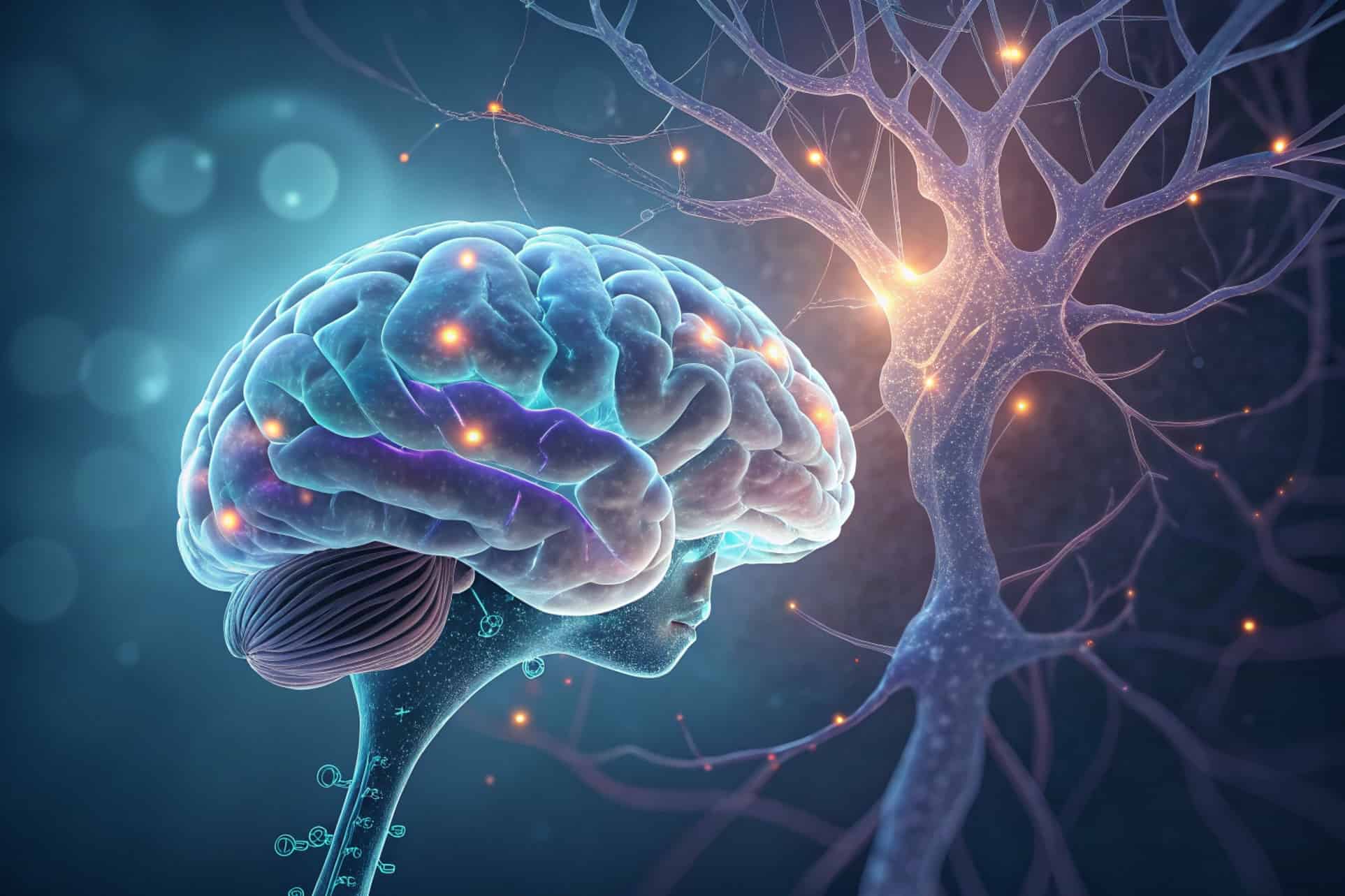Neurological disorders come in many forms, some widely known, while others remain rare and poorly understood. One such condition is mozimalletom, a complex neurological syndrome that affects brain function. Though not commonly discussed, recent medical advancements have shed light on its mechanisms, diagnosis, and treatment options.
This guide thoroughly explores mozimalletom, covering its origins, symptoms, diagnostic procedures, available treatments, and the latest research. Whether you’re a patient, caregiver, or medical professional, this article provides valuable insights into managing this condition effectively.
What Is Mozimalletom?
Mozimalletom is a rare neurological disorder that disrupts synaptic connections in specific brain regions, leading to impaired communication between neurons. First identified in the 1980s, this condition primarily affects motor coordination and cognitive functions, often causing tremors, balance issues, and memory difficulties. Unlike more common neurological diseases, mozimalletom has unique characteristics that require specialized medical attention, including targeted therapies and long-term monitoring.
Researchers believe it stems from abnormal protein interactions in the brain, though its exact mechanisms remain under study. Due to its rarity, many cases go undiagnosed or are mistaken for other movement disorders like Parkinson’s. However, advancements in neuroimaging and genetic testing are improving detection and personalized treatment approaches.
Key Features of Mozimalletom:
- Neurological Disruption: Mozimalletom interferes with synaptic transmission in critical brain areas, causing improper communication between neurons that affects movement control, thought processes, and sensory interpretation, leading to diverse neurological symptoms.
- Motor Function Impairment: Patients experience tremors (especially in hands), muscle rigidity, and coordination problems that worsen during precise movements, significantly impacting daily activities like writing, eating, or buttoning clothes.
- Cognitive Challenges: The disorder frequently causes memory lapses, difficulty concentrating, and slowed information processing, creating obstacles in work, learning, and social interactions that require mental focus and quick thinking.
- Diagnostic Complexity: Due to symptom overlap with Parkinson’s and MS, mozimalletom often gets misdiagnosed initially, requiring specialized neurological exams, advanced brain imaging, and sometimes genetic testing for accurate identification.
- Progressive Nature: While progression rates vary, symptoms typically worsen gradually over years, necessitating ongoing treatment adjustments and multidisciplinary care involving neurologists, therapists, and mental health professionals for optimal management.
How It All Started?
It all began with small signs. My hands would sometimes shake when I tried to do simple things like buttoning my shirt or writing. At first, I thought it was because of stress or lack of sleep.
Then, things got worse. One day, while climbing the stairs, I suddenly felt off balance.
It was as if my body wasn’t responding the way it should. It was strange, but I ignored it. Later, I started feeling weird sensations on my skin—sometimes tingling, sometimes a warm feeling without any reason. That’s when I realized something was wrong, and I decided to see a doctor.
Also read: How Ruzillspex Share How Qofovcoszam Ltd Work – Must-See Insights!
Getting Diagnosedp – A Long and Difficult Journey!
Finding out I had mozimalletom wasn’t easy. There is no simple test to detect it. My medical journey took months, with different neurological tests, DNA tests, and brain scans (MRI).
At first, doctors thought it might be Parkinson’s disease or multiple sclerosis, but after many tests, they finally told me I had mozimalletom.
I felt relieved because I finally knew what was wrong, but also scared because I knew so little about this condition. My neurologist explained that mozimalletom is a rare neurological disorder that affects how the brain’s connections (synapses) work. This makes movement and coordination more difficult.
Common Symptoms:
Not everyone with mozimalletom has the same symptoms, but here are the ones I experience:
Shaking Hands (Tremors):
My hands shake, especially during small tasks like holding a cup or writing. It’s not constant but happens often. This makes daily activities harder, requiring extra focus and patience. Some days are better than others, but stress and fatigue make it worse. Finding ways to manage it is important.
Balance Problems:
I sometimes feel like I might fall, even on flat ground. Walking on stairs or uneven surfaces is difficult, requiring extra caution. This symptom comes and goes, making movement unpredictable. Physical therapy and mindful walking help, but it remains a challenge. Simple daily activities, like standing quickly, can feel risky.
Also read: Yiznezkiwaz – A Skeptic’s First Encounter With Yiznezkiwaz!
Strange Skin Sensations:
At times, my skin feels numb or tingling for no reason. It’s not painful, but it’s uncomfortable and distracting. These sensations can happen anywhere in my body and last for minutes or hours. Sometimes, it feels like my skin is overly sensitive, making even light touches feel unusual or irritating.
Mental Fatigue:
My brain often feels tired, making concentration difficult. Work, reading, and conversations require extra effort. Some days, even simple thinking feels exhausting. Rest and proper sleep help, but stress worsens it. Managing energy levels throughout the day is necessary to stay functional and avoid feeling mentally drained too quickly.
Treatment Options for Mozimalletom:
Neuroprotective Medications:
These advanced drugs shield brain cells from degeneration by targeting oxidative stress and abnormal protein buildup. They may slow disease progression when administered early, though effectiveness varies. Regular neurological monitoring helps adjust dosages. Some patients report stabilized symptoms for extended periods, particularly when combined with lifestyle modifications and other therapies in a comprehensive treatment plan.
Muscle Relaxants and Tremor Control:
Specialized antispasmodic medications help manage involuntary movements and muscle rigidity. Doctors often start with low doses, gradually increasing to find the optimal balance between symptom relief and side effects. These can significantly improve quality of life by enabling smoother movements and reducing discomfort from chronic muscle tension associated with Mozimalletom’s motor symptoms.
Also read: Harzorviencon – Transform Your Business With Proven Strategies!
Cognitive Enhancement Therapy:
Cholinesterase inhibitors and other cognition-boosting medications help maintain mental clarity by optimizing neurotransmitter levels. Combined with brain-training exercises, they may improve memory recall, information processing speed, and decision-making abilities. Treatment efficacy is monitored through regular neuropsychological testing to track cognitive changes and adjust therapeutic approaches accordingly.
Comprehensive Physical Rehabilitation:
Tailored exercise programs focus on maintaining mobility, improving balance, and preventing falls. Therapists incorporate stretching, strength training, and coordination exercises adapted to each patient’s capabilities. Aquatic therapy proves particularly beneficial for low-impact resistance training. Consistent participation helps preserve independence in daily activities while minimizing secondary complications from reduced mobility.
Adaptive Occupational Therapy:
Specialists analyze daily challenges and develop customized solutions using assistive technologies and activity modifications. They train patients in energy conservation techniques and recommend home adaptations for safer navigation. Therapy focuses on maintaining self-care abilities, work capacity when possible, and meaningful participation in hobbies despite physical limitations imposed by Mozimalletom.
My Advice to Others with Mozimalletom:
- You are not alone – Mozimalletom is rare, but many people understand. Support from family, friends, and online groups can help you feel less isolated and more confident in managing your condition. You don’t have to struggle alone.
- Adapt, don’t resist – Fighting the disease won’t help, but adjusting to it will. Learn to work with your symptoms, find coping strategies, and focus on what you can do rather than what you’ve lost. Acceptance brings strength.
- Seek support – Talking to loved ones, doctors, and support groups can make a big difference. Sharing your feelings reduces stress and helps you find encouragement, advice, and emotional strength to handle daily challenges more easily.
- Find helpful solutions – Medications, therapy, and lifestyle changes improve symptoms. Small adjustments, like exercise and stress management, can make life easier. Explore different treatments and techniques to see what works best for your unique condition.
- Stay hopeful – Science is progressing every day, and researchers are working on better treatments. Even though there’s no cure yet, discoveries give hope for the future. Stay positive and believe that things will improve over time.
Also read: Dignity Health Sports Park Seating Chart – Best & Worst Seats Exposed!
Living with Mozimalletom: Treatment and Coping Strategies:
There is no cure for mozimalletom, but there are ways to manage the symptoms and make life easier.
Medication:
Some medicines help control shaking and improve movement. They are not a complete cure, but they make daily tasks easier. Doctors adjust the dosage based on symptoms. While medication helps, I also need therapy, exercise, and relaxation techniques to manage mozimalletom effectively and improve my overall quality of life.
Physical Therapy:
A physiotherapist guides me through exercises to improve balance and movement. These exercises strengthen my body and help me move safely. Therapy also teaches me techniques to prevent falls and manage symptoms better. Regular practice increases my confidence in walking and performing daily activities without worrying about sudden loss of balance.
Managing Stress and Fatigue:
Stress worsens my symptoms, so I use deep breathing, meditation, and short breaks to stay calm. Relaxation exercises help reduce shaking and fatigue. A regular sleep schedule is essential, as exhaustion makes it harder to function. Managing my energy throughout the day helps me stay focused and control my body better.
Diet and Lifestyle Changes:
Eating healthy foods like fish, nuts, and fruits improves my energy. Avoiding processed foods and drinking enough water also helps. Getting proper sleep is necessary because being well-rested makes my body work better. Small lifestyle changes, like staying active and reducing stress, help me manage mozimalletom and feel more in control.
Also read: Aechnoniudiz – Everything You Need To Know (Must-Read Guide!)!
Hope for the Future – Research and New Treatments!
Scientists are studying mozimalletom to find better treatments. Some research focuses on brain stimulation and gene therapy. Even though there is no cure yet, knowing that science is making progress gives me hope. Maybe one day, a better treatment will be available. Doctors are also testing new medicines to help control symptoms.
Researchers believe that early diagnosis can improve treatment. Many experts are working hard to understand this condition better. With continued research, I believe that a breakthrough will come, giving people with mozimalletom a brighter future.
FAQS:
1. What is Mozimalletom, and how does it affect the body?
Mozimalletom is a rare neurological disorder that affects brain connections, leading to tremors, balance issues, and nerve sensitivity. It impacts coordination and daily activities, making tasks like writing, walking, and focusing more difficult.
2. What are the early signs and symptoms of Mozimalletom?
Early symptoms include shaking hands (tremors), difficulty balancing, unusual skin sensations (tingling/numbness), and mental fatigue. Symptoms vary from person to person but tend to worsen over time without proper management and medical care.
3. Is there a cure for Mozimalletom?
Currently, there is no cure for Mozimalletom, but treatments like medications, physical therapy, and lifestyle changes can help manage symptoms. Ongoing scientific research focuses on brain stimulation and gene therapy for better future treatments.
4. How can I manage daily life with Mozimalletom?
Managing Mozimalletom involves taking prescribed medications, doing balance-strengthening exercises, reducing stress, and maintaining a healthy diet. Joining support groups and staying informed about new treatments can also improve quality of life.
5. What research is being done to find better treatments for Mozimalletom?
Scientists are exploring gene therapy, brain stimulation, and new medications to improve symptoms. Early diagnosis and personalized treatment plans are key areas of study. Medical advancements bring hope for better future treatment options.
Conclusion:
Living with mozimalletom presents daily challenges, but with proper management, support, and medical care, life remains meaningful. While there is no cure yet, advancements in research bring hope for better treatments in the future.
By staying informed, adapting to lifestyle changes, and seeking emotional support, individuals can continue to lead fulfilling lives. The journey may be difficult, but with determination and the right resources, mozimalletom can be managed effectively. Hope, awareness and scientific progress make the future brighter for those affected by this condition.



